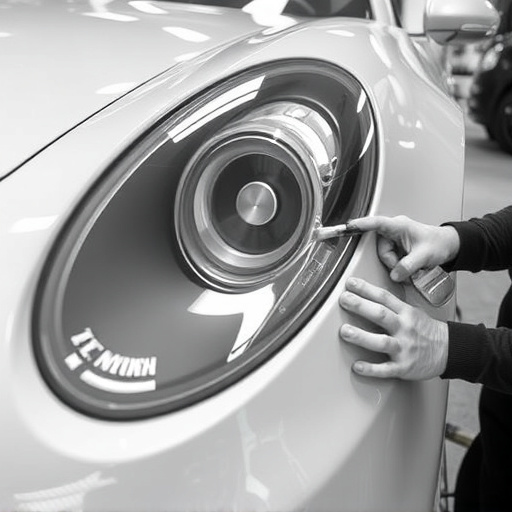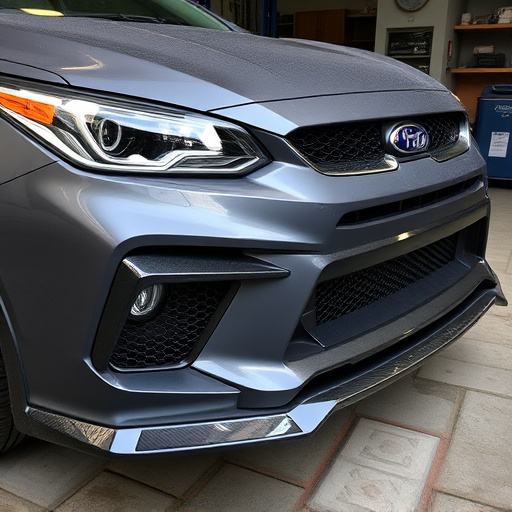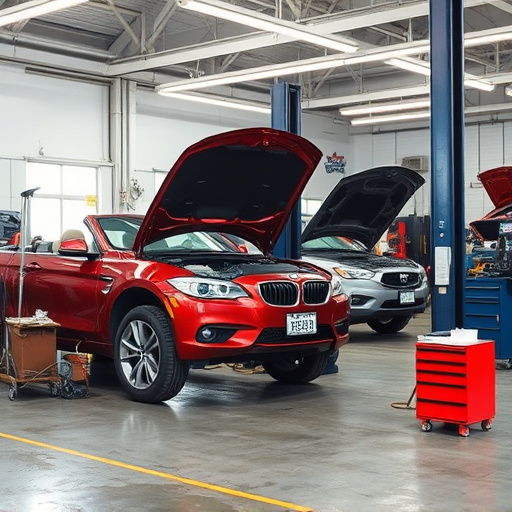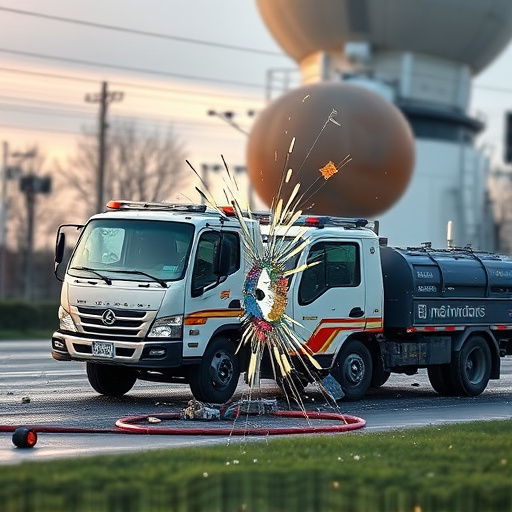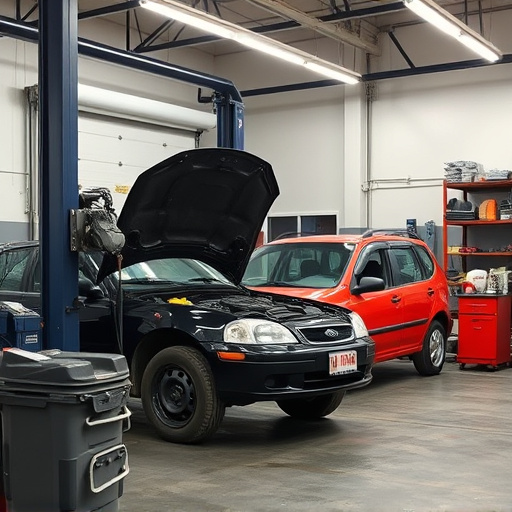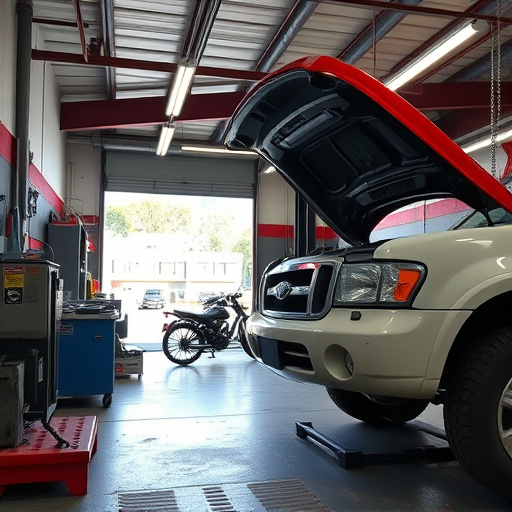Category: collision repair near me
Collision Repair Near Me: Navigating the Landscape of Automotive Restoration
Introduction
In today’s world, where vehicles are integral to our daily lives, the need for efficient and reliable collision repair services has become increasingly vital. “Collision repair near me” is a phrase that resonates with countless individuals facing vehicle damage due to accidents or other unforeseen circumstances. This comprehensive article aims to explore every facet of this essential service, from its foundational elements to its global impact and future prospects. By delving into the intricacies of collision repair, readers will gain valuable insights into how their local services contribute to a safer and more resilient transportation network.
Understanding Collision Repair Near Me: Unlocking the Fundamentals
Definition: Collision repair near me refers to the specialized process of restoring vehicles damaged in accidents or collisions to their pre-incident condition. This involves both structural and aesthetic repairs, ensuring the vehicle’s safety, functionality, and visual appeal are fully restored.
Core Components:
-
Structural Repair: This is the foundation of any collision repair job. It entails straightening and aligning the vehicle’s frame, replacing or reinforcing damaged parts, and ensuring the overall structural integrity. Advanced technologies like laser alignment systems and computer-aided design (CAD) software are often employed for precision.
-
Bodywork Restoration: Damage to exterior panels, such as doors, fenders, and hoods, is addressed through careful removal, repair, or replacement of these components. Modern collision repair centers utilize robotic welding systems and advanced paints to match the original factory finish accurately.
-
Interior Refinement: While structural integrity is paramount, the interior of a vehicle also requires attention. Repairs include fixing seats, dashboards, trim panels, and addressing any electrical issues that may have arisen during the accident.
-
Safety System Restoration: Modern vehicles are equipped with complex safety systems, including airbags, seatbelts, and collision avoidance mechanisms. Restoring these systems to proper functioning is crucial for future safety and must be performed by trained professionals.
Historical Context: The evolution of collision repair can be traced back to the early 20th century when automobiles first became widespread. As accidents became more common, so did the need for specialized repair techniques. Over time, the industry has advanced significantly with technological innovations, stricter safety standards, and an increasing focus on environmental sustainability in auto repairs.
Global Impact and Trends: A World of Diverse Practices
Collision repair near me is a global phenomenon, yet its implementation varies widely across regions due to cultural, economic, and regulatory differences. Here’s a glimpse into its international reach:
-
North America: The United States and Canada have well-established collision repair industries, driven by a high density of vehicles and stringent safety regulations. Advanced technologies and a focus on customer satisfaction are notable trends in these regions.
-
Europe: European countries exhibit diverse practices, with some leading the way in environmental sustainability initiatives. Germany, for instance, is renowned for its precision engineering in collision repair, while other nations emphasize innovative training programs to upskill technicians.
-
Asia Pacific: Rapidly growing economies in this region have led to an increased demand for collision repair services. China, in particular, has seen a surge in auto manufacturing and corresponding repair needs, with local businesses adopting modern techniques and tools.
-
Latin America and Middle East: These regions are experiencing unique challenges, including the introduction of newer vehicle models and the need to address safety standards that align with global norms. Local collision repair shops are adapting to these changes while navigating economic disparities.
Economic Considerations: Market Dynamics in Action
The economic landscape of collision repair near me is dynamic and multifaceted:
-
Market Size: According to a recent report by Grand View Research, the global automotive collision repair market size was valued at USD 160.4 billion in 2020 and is expected to grow at a compound annual growth rate (CAGR) of 4.8% from 2021 to 2028. This indicates a substantial and growing demand for these services globally.
-
Investment Patterns: Collision repair centers require significant upfront investments in equipment, training, and facilities. Many businesses opt for partnerships or franchising models to leverage expertise and share risks. In recent years, there has been a notable shift towards tech-driven solutions, such as digital estimating software and online appointment booking systems, which enhance efficiency and customer experience.
-
Economic Impact: The industry contributes significantly to local economies, generating employment opportunities and fostering skill development. In many countries, collision repair shops are small businesses that contribute to community resilience and economic diversity.
Technological Advancements: Revolutionizing the Repair Process
Technology plays a pivotal role in shaping the future of collision repair near me. Here’s an overview of some significant advancements:
-
Computer-Aided Design (CAD) Software: CAD systems enable technicians to accurately measure and map vehicle damage, streamline the estimating process, and ensure precise repairs. These tools have revolutionized how collision repair centers plan and execute repairs, leading to reduced turnaround times and improved quality.
-
Robotic Welding and Painting Systems: Automation in welding and painting processes has brought precision and consistency to collision repair. Robotic systems can handle intricate tasks, ensuring seamless welds and factory-like finishes. Advanced paint technologies offer better environmental performance and enhanced durability.
-
Digital Imaging and 3D Scanning: High-resolution cameras and 3D scanners capture detailed images of damaged vehicles, providing a comprehensive digital record for documentation and insurance claims. This technology aids in the accuracy of repairs and facilitates remote expert consultations.
-
Online Services and Customer Engagement: The rise of digital platforms has enabled collision repair shops to offer online booking, real-time estimating, and customer portals for progress updates. These tools enhance transparency, convenience, and overall customer satisfaction.
Policy and Regulation: Navigating Legal Requirements
The regulatory environment surrounding collision repair near me varies across jurisdictions but is crucial in ensuring safety standards and consumer protection:
-
Safety Standards: Many countries have established safety regulations that dictate the minimum requirements for vehicle repairs after an accident. These standards cover structural integrity, safety system functionality, and emissions compliance. Compliance with these standards is mandatory and often enforced by government agencies.
-
Environmental Regulations: With a growing focus on sustainability, regulations related to waste management, emissions control, and the use of eco-friendly materials in repairs are becoming more prevalent. Collision repair facilities must adhere to these guidelines to minimize their environmental impact.
-
Consumer Protection Laws: These laws protect consumers’ rights during the collision repair process, ensuring transparent pricing, informed consent, and fair business practices. They also provide avenues for dispute resolution and encourage honest and ethical repair procedures.
Challenges and Criticisms: Overcoming Barriers to Quality Repair
Despite its advancements, the collision repair industry faces several challenges that impact service quality and customer satisfaction:
-
Skills Shortage: The demand for skilled technicians often outstrips the available talent pool, leading to workforce shortages. This gap can result in longer wait times and subpar repairs if unskilled labor is utilized. Addressing this challenge through comprehensive training programs and apprenticeship initiatives is essential.
-
Costly Repairs and Insurance Disputes: Collision repair can be an expensive endeavor, especially for extensive damage. Insurance companies and policyholders sometimes have differing interpretations of what constitutes ‘repair’ or ‘replacement,’ leading to disputes. Transparent communication, clear policy guidelines, and alternative dispute resolution mechanisms can help mitigate these issues.
-
Environmental Concerns: The automotive industry’s environmental footprint is a significant concern. Traditional collision repair practices often generate substantial waste, and the use of toxic materials can pose risks to workers and the environment. Adopting eco-friendly techniques, such as using recycled materials and minimizing hazardous substances, is crucial for sustainable development.
Strategies for Improvement:
-
Industry Collaboration: Collaboration between businesses, regulatory bodies, and training institutions can lead to standardized best practices, shared resources, and improved skill development.
-
Digital Transformation: Embracing digital technologies across all aspects of collision repair enhances efficiency, reduces errors, and improves customer experience. From online booking to digital estimating and remote expert consultations, technology offers numerous advantages.
-
Sustainability Initiatives: Implementing eco-friendly practices, such as green materials, waste reduction strategies, and energy-efficient operations, not only benefits the environment but can also attract environmentally conscious consumers.
Case Studies: Exemplary Applications and Lessons Learned
Case Study 1: The Green Repair Initiative (North America)
A leading collision repair center in North America adopted a comprehensive green repair initiative, focusing on sustainable materials, waste reduction, and energy efficiency. They invested in training their staff to work with eco-friendly alternatives to traditional automotive components. This approach not only reduced their environmental footprint but also attracted environmentally conscious customers. The success of this initiative demonstrated that collision repair businesses can thrive while adopting sustainable practices.
Case Study 2: Digital Revolution in Europe (Europe)
A European collision repair network revolutionized its operations by implementing a digital platform for estimating, scheduling, and customer communication. This technology streamlined their processes, reduced paperwork, and improved accuracy. The digital transformation also enhanced customer engagement, allowing clients to track the progress of their repairs online. This case highlights the power of embracing digital solutions to enhance service efficiency and customer satisfaction.
Future Prospects: Looking Ahead in Collision Repair
The collision repair near me industry is poised for significant growth and innovation in the years to come, driven by several emerging trends:
-
Autonomous Vehicles and Advanced Safety Systems: As autonomous vehicles gain traction, collision repair centers will need to adapt to the unique damage patterns and safety considerations of these new vehicles. Repairs may become more specialized, focusing on enhancing advanced driver-assistance systems (ADAS) and sensor functionality.
-
Digital Twin Technology: The concept of digital twins—virtual replicas of physical assets—has the potential to revolutionize collision repair. By creating a digital model of a vehicle, technicians can simulate repairs, predict outcomes, and optimize processes before actual work begins.
-
Additive Manufacturing (3D Printing): 3D printing technology is set to make inroads into collision repair, offering cost-effective solutions for custom parts fabrication, especially for rare or discontinued models. It also enables faster prototyping and customization during the repair process.
-
Remote Expertise and Telematics: With advancements in telecommunications, remote expertise will become more accessible, allowing collision centers to tap into global knowledge pools for complex repairs. Telematics data will play a crucial role in predictive maintenance, enabling proactive collision prevention strategies.
Conclusion: Shaping the Future of Automotive Restoration
Collision repair near me is not merely a service; it is a critical component of our modern transportation ecosystem, ensuring that vehicles are safe, functional, and aesthetically pleasing after an accident. From its foundational techniques to cutting-edge technologies, this industry has evolved to meet the demands of a globalized, tech-driven world.
As we look ahead, collision repair centers have an exciting opportunity to embrace emerging trends while addressing challenges. By adopting sustainable practices, leveraging digital transformation, and staying abreast of technological advancements, these businesses can enhance their operational efficiency, customer satisfaction, and long-term sustainability.
In conclusion, “collision repair near me” is a dynamic and essential service that will continue to shape the future of automotive restoration, ensuring that our vehicles are not just repaired but revitalized for years to come.
FAQ Section: Answering Common Queries
Q: How do I choose a reliable collision repair shop?
A: Look for shops with positive customer reviews, certifications from industry associations, and transparent pricing. Ask for references, check their warranty policies, and ensure they use genuine parts.
Q: Will my insurance cover all the repair costs?
A: Insurance coverage varies, but most policies will cover necessary repairs due to an accident. Review your policy’s terms and conditions, and understand what is considered comprehensive or collision coverage. Be prepared to provide detailed estimates for any additional work not covered by insurance.
Q: Are there ways to reduce the cost of collision repair?
A: Absolutely. Consider getting multiple estimates from different shops, negotiating rates (especially for labor), and asking about discounts for students or seniors. Using original equipment manufacturer (OEM) parts can also help maintain vehicle value but may not always be necessary for structural repairs.
Q: How can I ensure my vehicle’s safety after collision repair?
A: Always choose a reputable shop that adheres to industry standards and has qualified technicians. Request a detailed report of the work performed, ensuring all safety systems are tested and functioning correctly. Regularly inspect your vehicle for any signs of future issues in the repaired areas.
Q: What is the environmental impact of collision repair?
A: Traditional collision repair can generate significant waste and use hazardous materials. However, many shops are adopting eco-friendly practices, using recycled parts, and minimizing toxic substances to reduce their environmental footprint. Look for businesses with sustainable initiatives when choosing a repair center.
Collision Repair Near Me: Cost Breakdown Unveiled
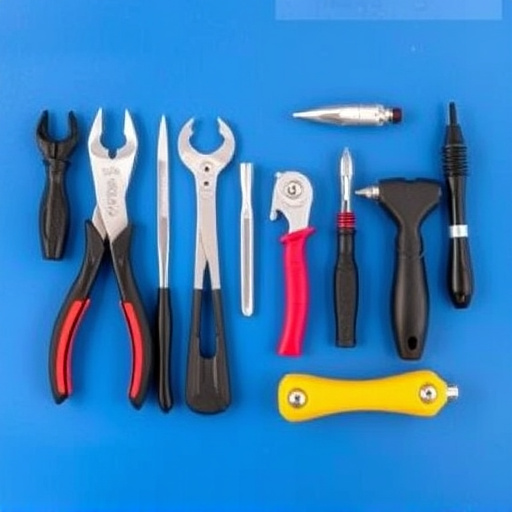
Understanding collision repair near me costs is vital for vehicle owners. Damage severity, vehicle t…….
Collision Repair Costs: Breakdown and Interpretation Near Me
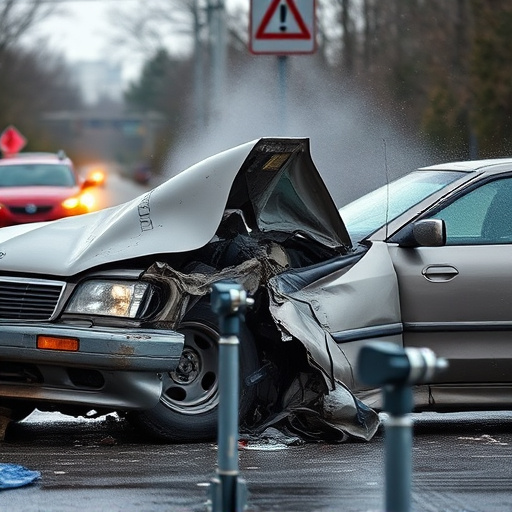
Understanding collision repair near me estimates requires recognizing that costs vary based on damag…….
Collision Repair Near Me: Dealership vs Specialist Shop

When seeking collision repair near me, weigh dealership packages vs specialized shops focusing on bo…….
Mastering Collision Repair Reviews Near You
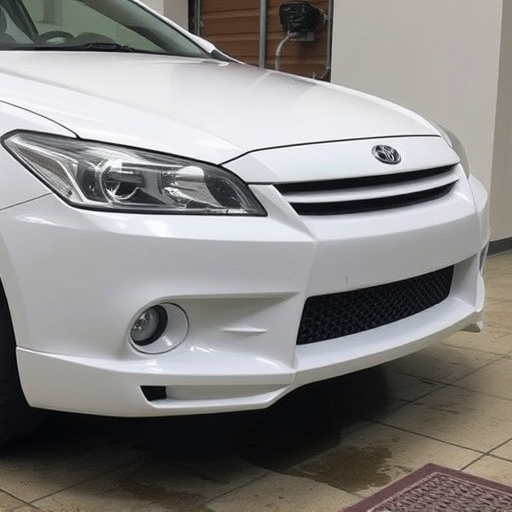
Customer feedback is vital when choosing a collision repair near me. Reviews offer insights into tec…….
Signs You Need Collision Repair Near Me Now

Promptly address vehicle damage through collision repair near me to ensure safety, value, and perfor…….
Ensuring Top-Notch Collision Repair Near You: Standards Matter
DIY vs Experts: Collison Repair Near Me Costs & Benefits
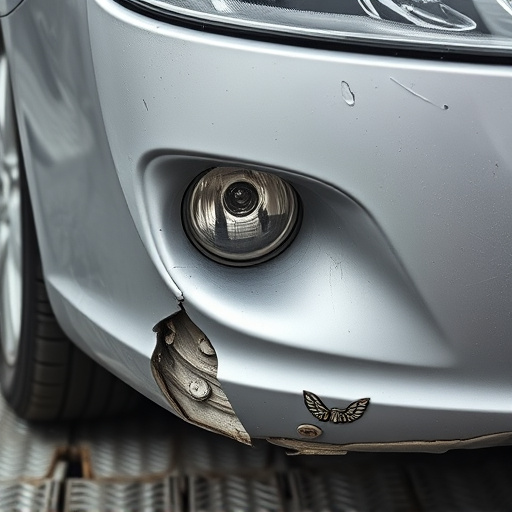
DIY collision repair offers cost savings and flexibility for minor damage but lacks professional pre…….
When to Trust Emergency Collision Repair Near Me Services
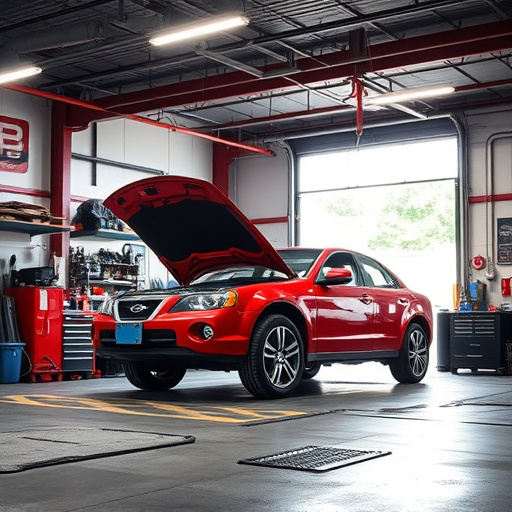
Collision repair near me is crucial for vehicle safety and condition post-accident. Inspect for seve…….
Collision Repair Near Me: Decoding Cost Estimates for Peace of Mind
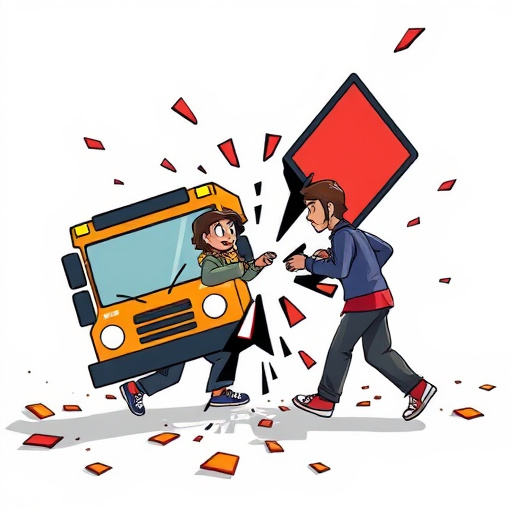
Understanding collision repair costs near you involves considering damage severity, vehicle age and…….


